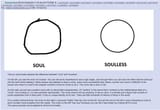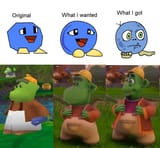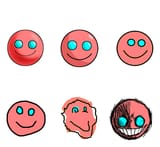>>718920607
Ehh, a decent description, it leaves out sincerity and small details; the things add to the bigger picture.
Something you can see humanity in is QoL features for niche issues or something added just because someone on staff thought it’d be cool, not like “petting the dog” thats commonplace, NPCs reacting to what maybe 1/50 playtesters did which in turns means it’s creating a scenario that only 1/1000 players see is a good example.
Maybe it’s story related as well; in Battle Arena Toshinden: Duke's code of honor means that he is the only character who is unable to attack enemies whilst they're on the floor, choosing instead to taunt them when you attempt to do so which reduces their Overdrive gauge, unlike normal taunts, which increase it instead.
In Mirrors Edge part of the drop kick tutorial is sending some guy off a 30 story building, it’s a quick scene but if you look down you can see cars run over the body, people just walk by careless, that’s a example of missed opportunity for soul, having a scared crowd of onlookers stand by while the car’s abruptly stop to ensure they don’t roll over the poor bastard, that’s a small detail, something that would’ve added to the game, even if subconsciously.
Halo is one of the few that actually gives an explanation for each game's Art Evolution, and why even staple equipment and character designs change in subtle and not so subtle ways between games. The Covenant are stated to have a whole "design pattern" doctrine, where their equipment is made from templates whose creation is under immense bureaucratic scrutiny and dogma, and which have a habit of self-mutating. The Forerunners have multiple architectural styles that are inspired by the needs of their caste system and location, the UNSC have a massive spiderweb network of incestous defense contracts so everyone receives the same design document but different corporations change materials or small design tweaks dependent on budget/location.










